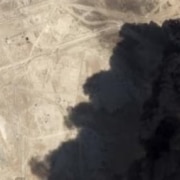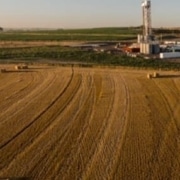Large independent exploration and production companies against oil majors. West Texas shale play economic, a factor that has large independents and oil majors jockeying for dominance by filing ever-larger batches of drilling down permits.
Exxon Mobil is preparing 25 horizontal wells spread out in Glasscock, Loving, Pecos, Reeves, and Winkler counties. The oil major has filed for 470 drilling permits in the Permian so far this year.
Not be outdone, Endeavor Energy Resources, an independent oil company owned by wildcatter billionaire Autry Stephens, filed for permits to drill 25 horizontal wells in Howard, Midland, and Reagan counties. The Midland company has filed for 203 permits so this year.
Over the past week, Chevron has filed for permits to drill three horizontal wells in Martin County. The oil major has filed for 145 drilling permits so far this year.
Diamondback Energy, an independent oil company headquartered in Midland, filed for permits to drill 10 horizontal wells in Howard County. The company has filed for 275 drilling permits so far this year.
Permian Basin
Dallas oil company Triple Crown Resources is preparing to drill six horizontal wells on its Halcomb A lease in Irion County. The wells target the Lin field of the Wolfcomp geological layer down to a total depth of 9,000 feet.
Read the full article here
Source: Chron.com
If you have further questions about any drilling down topics, feel free to reach out to us here.










